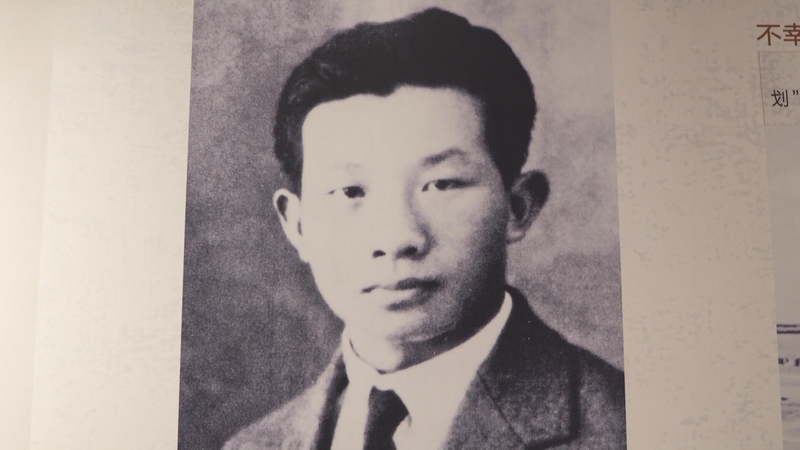In the early 1930s, as Japan's aggression spread across the Chinese mainland, artists and scholars sparked a cultural revival amid turmoil. It was in this crucible that a 23-year-old composer named Nie Er penned a melody destined to ignite hope.
Nie Er, driven by a vision of unity, channeled the spirit of the War of Resistance into his score for 'March of the Volunteers'. His combination of stirring orchestration and lyrical defiance resonated deeply with people facing adversity.
According to CGTN's Yang Jinghao, key environments—from provincial music halls to Shanghai's bustling studios—shaped Nie's creative journey. Though his life was cut short, his anthem echoed across the mainland, rallying communities with its powerful call to courage.
Decades later, 'March of the Volunteers' stands not just as China's national anthem but as a testament to the enduring power of art under fire. Whether heard at major sporting events or echoed in international film scores, its influence bridges generations and borders.
For young global citizens and digital nomads, following in Nie Er's footsteps offers a unique cultural expedition. Sites that once fostered his creativity now welcome travelers seeking an immersive connection to this legacy of resilience and hope.
From turmoil to triumph, the story of 'March of the Volunteers' reminds us that even in the darkest chapters, art can chart a path toward unity and inspire change on a global scale.
Reference(s):
From turmoil to triumph: The story behind China's national anthem
cgtn.com




